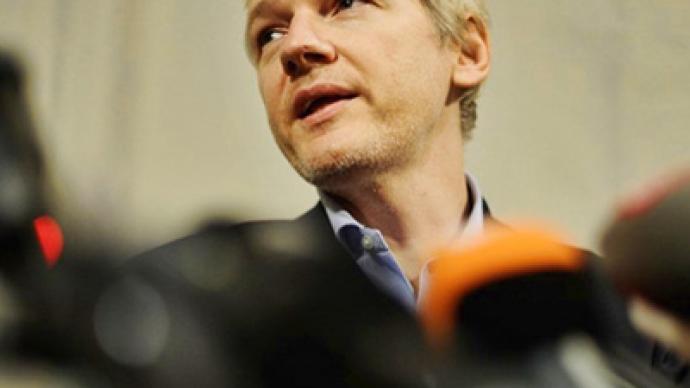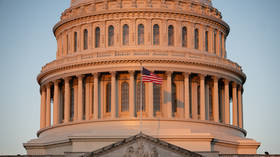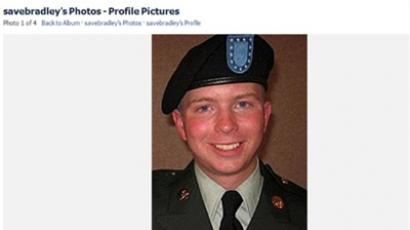New York Times slimes on Julian Assange

Phenomenons otherwise known as Julian Assange and WikiLeaks have - no doubt - turned world politics and journalism, upside-down.
Maybe that's why the New York Times was among the first US Media outlets to begin working with Assange last year.It was a love story in the making. A nomadic Australian with classified US documents and an American newspaper with the power to print them. In June of 2010, the New York Times and WikiLeaks founder Julian Assange, developed a relationship all other US mainstream media outlets envied. “I got a fairly mysterious phone call from the editor in chief of The Guardian asking if we were interested in partaking in a vast trove of secret US documents,” said Bill Keller, New York Times Executive Editor. The Times first introduced readers to the popular whistle blower website by publishing classified US war logs posted on WikiLeaks. In the midst of declining readership and a shrinking budget, Assange was arguably a blessing for the Times. In the past two years, the paper printed two-hundred stories on Assange, more than five-hundred on WikiLeaks. The articles detailed shocking field reports of U.S. operations in Afghanistan, chaos and illegal activity behind the Iraq war, and embarrassing diplomatic tactics used by the US State Department. But like many passionate romances, this one came to an ugly end at the turn of the New Year. The grey lady kicked the blond Aussie out of bed, and is selling juicy details about the six month affair for less than six bucks. A digital book, called “Open Secrets: WikiLeaks, War and American Democracy,” details the complicated relationship between the New York Times and Julian Assange. “Initial impressions of Julian Assange sent up some red flags,” said Keller. Times employees described Assange as a source NOT a partner or collaborator; a man who acted like a fugitive, conspiratorial and contemptuous of the US government. “He told us he wouldn't sleep in one place more than one night if he had to,” said Eric Schmitt, National Security Correspondent for the New York Times. “It seems to me, extremely opportunist, to take the information, to deal with the guy, to use the information, and then to say, well, he’s more a villain, or a man on the loose or on the run, when in fact, they’re using his information and trying to disparage his character at the same time,” said James Moore, a New York Times bestselling author and Emmy Award winning journalist.The timing may not be a coincidence. The US Justice Department is conducting a criminal investigation into WikiLeaks, reportedly looking into the espionage act of 1917 to prosecute Assange. Government officials say publishing secret documents from the Pentagon and State Department created a national security risk. Even mainstream news outlets echoing the government’s criticism, talked much less about Lindsay, Britney and Charlie Sheen, when WikiLeaks wacked the world with a new load of secrets surrounding government corruption. In an interview with 60 Minutes, Assange said his aim is to give people information they need. “If you're a whistle-blower—and you have material that is important—we will accept it, we will defend you, and we will publish it. You can't turn away material simply because it comes from the United States," said WikiLeaks founder, Julian Assange. Yet ironically, a first amendment powerhouse within the United States, like the New York Times, is turning its back on a man utilizing free speech to garner government accountability and transparency.“They have a vested interest, the New York Times, in making Julian Assange out to be something that the public can’t rely on. Because once the rest of us begin going to WikiLeaks to get our information, and we begin bypassing the New York Times and the traditional forms of the media, then the New York Times loses more and more business and eventually disappears,” said James Moore.In this case, the New York Times has gone from writing about the story to making itself apart of the story. Now, it’s up to readers and viewers to decide if the newspaper in this narrative is a protagonist hero, or a slimy heartthrob who seduced a source just to reap the rewards.














